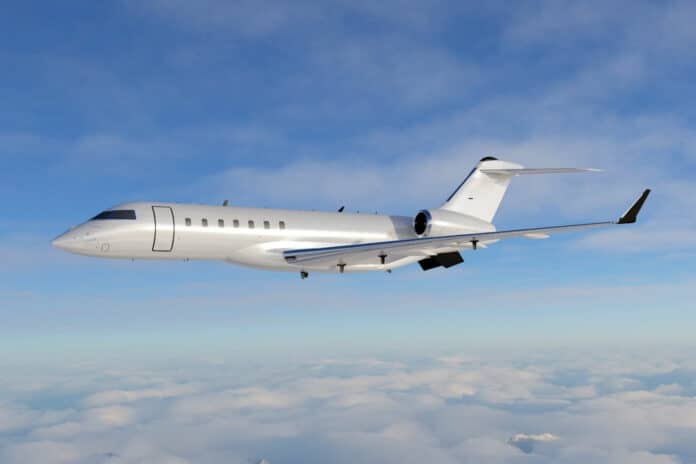The U.S. Army Contracting Command-Redstone Arsenal, in coordination with the Army Fixed Wing Project Office, awarded a firm-fixed-price contract to Bombardier Defense to procure one Global 6500 jet aircraft with options to purchase two additional aircraft over a three-year period. These aircraft will be used to support the prototyping efforts for the High Accuracy Detection and Exploitation System (HADES) program.
Modern armies rely heavily on aerial reconnaissance to carry out their missions. However, the US Army is facing a dilemma as it still uses the Beechcraft RC-12 Guardrail, which has been in service since 1983, for its aerial reconnaissance missions. Other technologies have advanced much faster, leaving the Guardrail behind.
The Army is now looking to replace it with something more up-to-date, and as part of its HADES program, they are considering using a business jet as the new platform. By using such jets, the Army will have an aircraft that can fly higher, faster, and with greater range and endurance than the Guardrail. This will also allow them to have a quieter cabin and greater comfort for the crew.
Moreover, it would reduce the need for a large number of landing areas near potential hot spots. Instead, the Army will only need one forward-deploy “bed-down” location in a region.
The HADES prototypes will be the first U.S. Army-owned large-cabin business jets utilized for Aerial Intelligence, Surveillance, and Reconnaissance platforms and will provide advanced deep-sensing capabilities for use in multidomain operations against peer and near-peer adversaries. The first aircraft is expected to be delivered by October 1, 2024.
The Army has been procuring aerial ISR as a service in the form of aerial technology demonstrators from defense industry vendors since 2020 to prepare for the HADES program. These services come in the form of aerial technology demonstrators (ATDs) that provide the Army and the joint force with valuable data about platform and sensor performance, integration, and distribution.
Additionally, the ATDs are helping the Army better understand the necessary doctrine, training, personnel, facilities, and sustainment required for the more advanced sensors and aircraft that HADES will provide.
“HADES will bring the Army increased range, speed, endurance, and aerial ISR depth,” said Col. Joe S. Minor, project manager for Army fixed-wing aircraft. “HADES will operate at higher altitudes than legacy turboprop platforms. Higher altitudes equate to an ability to sense farther and more persistently into areas of interest. Deep sensing is the Army’s number-one operational imperative for the Army of 2030.”
